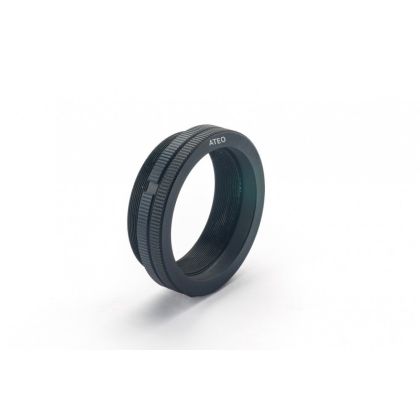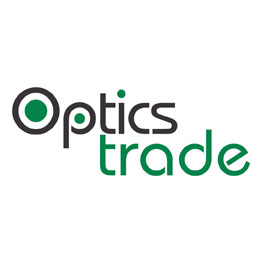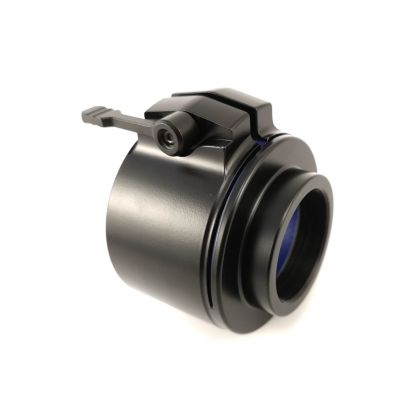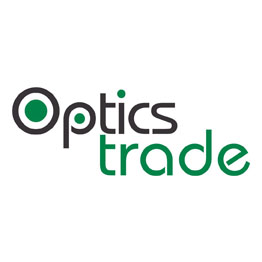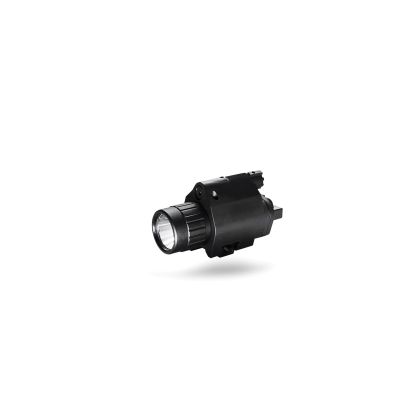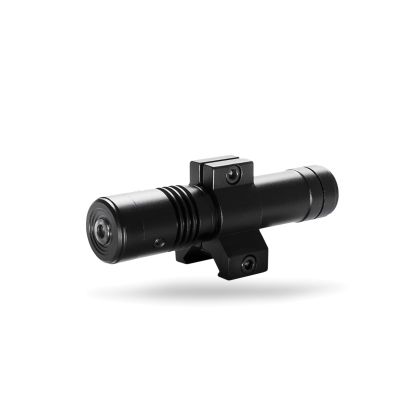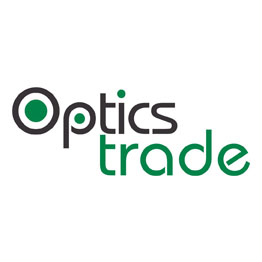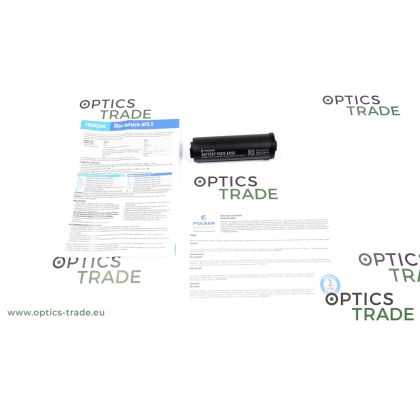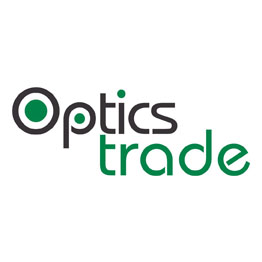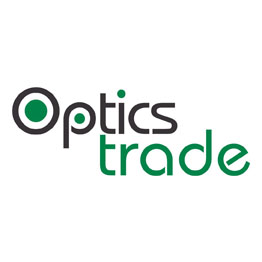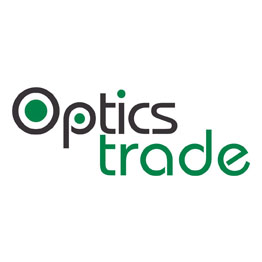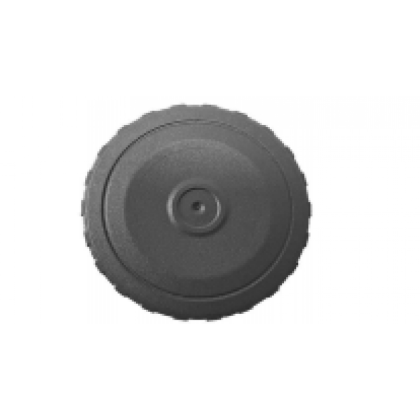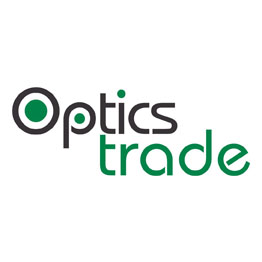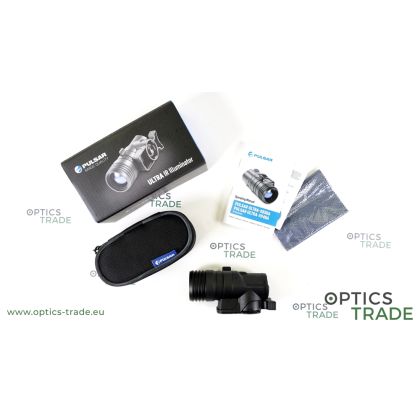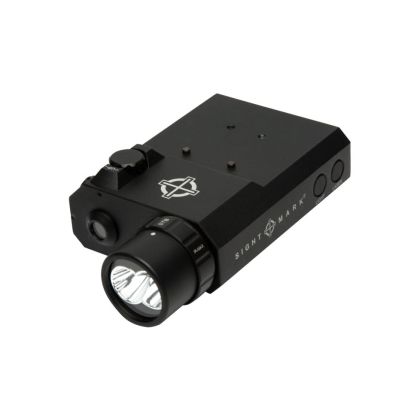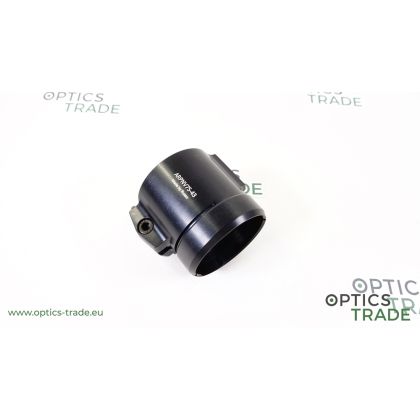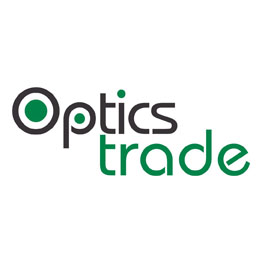Mounts
Night Vision
Sub Categories
Night vision optics type
Sub-category
Specifications
General properties of Night Vision Optic
The first night vision devices were developed back in 1935. The first devices were used by the Germans in the second world war, but they were very big and needed an additional infrared light source. These devices were called generation 0 night vision.
Since then the development came up with new generations, which worked also without an additional IR source.
-
The first passive analog Night Vision devices which could operate with the ambient light were called Gen. 1 Night Vision devices. Today Gen. 1 Night vision devices are still available, but with improved image intensifier tubes for even better picture quality and light amplification.
-
Later on, the Gen. 2 Night vision devices were developed. These made the biggest step in the night vision history between two generations. They feature an improved image-intensifier tube with an integrated micro-channel plate to further improve the amplification of the light, and are the first Night vision devices that can operate in total darkness without an artificial light source like an infrared illuminator.
-
Also Gen. 2 Night Vision devices were further improved, and the Gen. 2+ image intensifier tubes were developed. Devices with such an image intensifier tube are the most common high-quality devices in Europe since they offer extremely good quality picture and resolution.
-
Gen. 3 Night vision devices are the most advanced and most improved night vision devices currently on the market and are in use by professionals like special forces, police, military, and so on. These devices feature a micro-channel plate like the Gen. 2 devices, but the photocathode is made of gallium arsenide.
-
The latest development in night vision are digital night vision devices. These do not have an integrated image intensifier tube, but a sensor and other electronics.
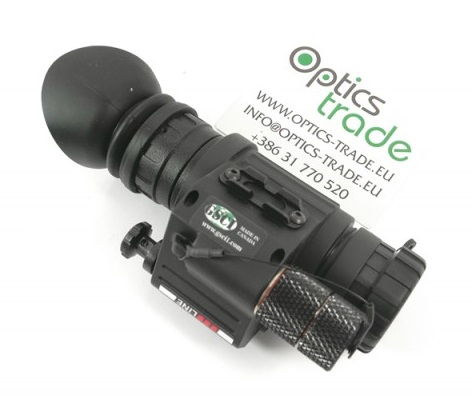
GSCI PVS-14C Night vision optic
Common features of Night Vision Optic
Night vision optics are divided into analog and digital devices. They work on a completely different principle, but both are designed to enable the user to see in the darkness.
Analog night vision devices are optoelectronic devices which produce an image quite similar to the one you see with your eyes, just with different colors. Night vision devices amplify the small amount of the light in the darkness with the help of an image intensifier tube, so a brighter image is displayed for observing at night. These night vision devices operate in the visible and also near-infrared spectrum, while thermal imaging devices operate only in the infrared spectrum.
Analog night vision devices are classified by generations, which also identifies how much the image intensifier tube amplifies the light of the environment. There are 4 night vision generations, and 3 of these generations are still available on the market.
The difference to digital night vision devices is that you see the image directly through the optic without a screen. This means the optic has no refresh rate, so the image is displayed in the normal time without any delay.
Digital night vision devices work differently. They have a sensor behind the objective lens, which captures the image. This sensor processes and converts the image you are looking at to an electric signal, which, in the end, is showed on the screen in the ocular. Because the image gets converted, all digital night vision devices have a refresh rate.
Digital and analog night vision devices are available in many different shapes and sizes, each designed for a different purpose:
-
Night vision binoculars
-
Night vision monoculars (scopes)
-
Night vision goggles
-
Night vision clip-on devices
Analog Night Vision Optics
Analog night vision devices are classified by generations, and these are available on the market:
The image color is normally black and green, but from the 2nd generation upwards, also better image intensifier tubes are available with white phosphor, which display a black and white picture. These IITs are normally more expensive, but give you better contrast and target recognition. The green image intensifier tubes are for most users more comfortable for the eyes.
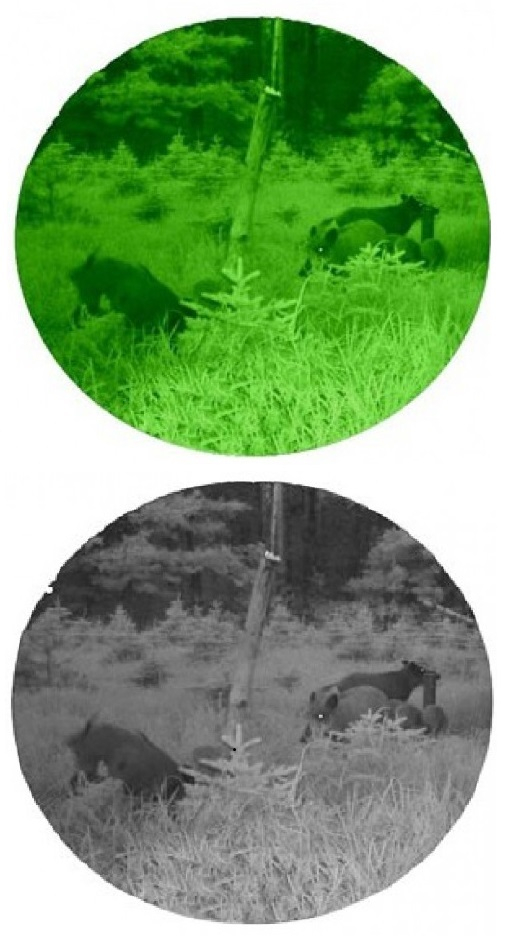
Night Vision Optic
Pros and Cons of Analog Night Vision Optics
Generation 2 and 3 analog night vision devices have very good contrast and light amplification. The image looks real, and not like as you would look into a screen. Generation 3 rarely need an additional IR illuminator. Generation 2 devices do normally also not need one, except in complete darkness, or if you need to see great details on bigger distances.
Analog night vision devices are also not so sensitive for reflections, like water droplets or other. With a digital night vision, reflections can be very bright, and the details around are not possible to see. This can be very noticeable during the rain, or right after the rain.
For longer time observations analog devices are also a lot more comfortable to use because the image is not as bright as if you look into a small screen in a digital night vision optic. The battery consumption is also extremely low since one small battery, like CR 123 or CR2, can last even up to 50 hours.
The biggest disadvantage of analog night vision devices is the price. Generation 1 Night vision devices are very affordable, but compared to a digital night vision, the image quality is not so good. Generation 2 and 3 analog Night vision devices are a lot better than digital devices, but also a lot more expensive. This is also the main reason that digital Night vision devices are gaining great popularity.
Another small drawback of these devices is that they don't have some special features like taking photos or videos, and they are very sensitive to bright light sources. If the optic is turned on, on a bright sunny day, the image intensifier tube can easily get damaged.
Digital Night Vision Optic
Digital night vision devices are the latest development for nighttime observations. They work completely different like traditional analog night vision devices. With a digital night vision optic, the image gets into the optic with a sensor that is right behind the objective lens. This sensor processes and converts the image you are looking at to an electric signal, which, in the end, is showed on the screen in the ocular. Because the image gets converted, all digital night vision devices have a refresh rate.
The refresh rate tells us how many pictures we see in one second. Good digital night vision devices have a refresh rate of 50 or even 60 frames per second, so the user sees a nice and smooth picture. When the refresh rate is too low, then fast-changing frames can be seen, which affect the viewing experience. Also the display the user is looking at has an important role. If the resolution of the display is good, also the displayed image is better, and you cannot see every single pixel.

Pros and cons of Digital Night Vision Optics
Digital night vision devices have also the advantage that they are a lot cheaper than Gen. 2 or even Gen. 3 Night vision devices. With the combination of a high-quality IR illuminator, the digital Night vision optic can be very useful also on greater distances. In most cases, they perform even better than generation 1 night vision devices.
Compared to a Gen. 1 night vision optic, the digital ones have the advantage that IR illuminators with long wavelengths can be used, which are completely invisible to all animals. For example, Gen. 1 Night vision devices see the IR light up to 760nm-780nm, and digital devices even up to 980nm. Many animals can detect light up to 850nm.
With digital night vision, the user is not forced to use only the fixed magnification, like with traditional analog Night vision devices. The magnification can be changed digitally, so the user gets better detail recognition. With bigger magnifications, whatsoever, the pixels are starting to get noticeably bigger, which often leads to worse details.
Digital night vision binoculars have one big advantage against analog devices – you can take photos and even videos. These can be easily sent to a smartphone or even a computer. Many manufacturers offer also a smartphone app, which can be used for adjusting the settings, downloading the photos and videos, etc. With an analog night vision device, none of this is possible.
Digital night vision devices can also be used during the day since the bright light cannot damage the sensor. This is not the case with an analog night vision optic, because exposing the optic on a sunny day can damage the image intensifier tube.
Because digital night vision devices have a small screen and the image appears brighter, the user can get for e few seconds blinded after the usage. This is noticeable only in complete darkness because the eyes can not adjust so quickly from the bright image to the dark environment.
When looking into a reflecting target when the infrared illuminator is turned on, the image around that spot is mostly white, so it is very difficult, or not even possible to see any details. This can happen when it is raining, or right after the rain when the water is still on the plants.
The battery consumption is a lot higher than with an analog Night vision optic, so the batteries are bigger and heavier. If you plan to use the optic for many hours at once, an additional battery is needed.
IR Illuminators and Night Vision devices/optics
The human eye can see light in wavelengths from 380 to 740 nanometers. This wavelength spectrum is also called the visible light. Wavelengths that are beyond the visible spectrum are longer and are called infrared wavelengths or infrared light.
General features
An IR illuminator is a flashlight that emits light in an infrared spectrum, which is invisible to the human eye, but visible for night vision devices. IR illuminators are available in different wavelengths. The wavelength tells us, in combination with what kind of night vision they are designed to be used.
For example;
-
Most analog night vision devices on the market with a Gen. 1 IIT can see wavelengths up to 760-780nm.
-
The most Gen. 2 Night vision devices can detect the light of wavelengths up to 850nm. Some special IIT´s from Photonis, like Photonis ECHO or XR-5, can detect light even up to 900nm.
-
Gen. 3 Night vision devices can detect wavelengths up to 900nm, and the best Gen. 3 IIT´s, like Photonis 4G, 4G+, and XR5, can detect wavelengths even up to 1000nm.
-
Digital Night vision devices can detect wavelengths up to 950nm – 980nm.
IR illuminators
For analog night vision devices, only specific infrared illuminators work perfectly. Because of that, when buying an IR illuminator, you have to be cautious what is the maximal wavelength your Night vision optic can detect. If the emitted light of the IR illuminator is beyond the spectrum, it is invisible for such a optic.
We recommend the following:
-
For Gen. 1 Night vision devices an IR illuminator with a wavelength between 750nm and 780nm,
-
For Gen. 2 devices an illuminator with a wavelength of 850nm, or up to 900nm illuminator if a high-quality IIT is built into the optic
-
For Gen. 3 devices an IR illuminator is mostly not needed, but an illuminator with a wavelength of 850nm - 900nm would work perfectly with all image intensifier tubes
IR illuminators for Digital Night Vision Optics
Digital night vision devices are not very picky when it comes to the right infrared illuminator. They can detect all wavelengths up to 950nm-980nm, depending on the manufacturer. This makes it a lot easier to decide which IR illuminator to buy, and there are many illuminators on the market, which are available for a low price.
It is also important to know, that unlike humans, some animals detect longer wavelengths of light. This means IR illuminators with a wavelength of 760nm-780nm can be, for them, well visible. For this reason, we recommend using IR illuminators over 850nm in combination with a digital night vision optic.
A short presentation of Night Vision is available here.
Slideshare presentation of Night vision Devices
Filters
Sort
Filters
Sort





